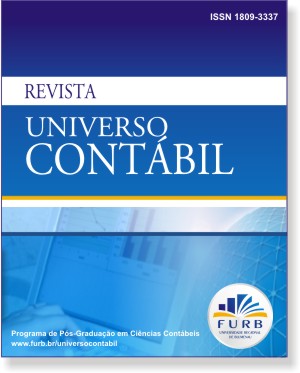INTEGRATING BALANCED SCORECARD (BSC) AND THE ANALYTIC HIERARCHY PROCESS (AHP) TO RANK EFFECTS ON MEASURE OF PERFORMANCE AN DECISION-MAKING IN A FINANCIAL INSTITUTION
DOI:
https://doi.org/10.4270/ruc.20095Keywords:
Balanced Scorecard. Hierarchy Process Analysis. Indicators. Strategic Map. Bank. Colombia.Abstract
The article presents the methodology that arises from the integration between BSC and the AHP, which allows to calculate the main relative values and to identify hierarchies for indicators and perspectives. Similarly, the paper aims to show how the methodology facilitates the calculation of the Global performance index - both, actual and expected. In such a way that through them the decision makers can evaluate the organization performance, as well as monitor the implementation of the strategy. The article adopts case study to illustrate the integration between BSC and the AHP. The case company is Banco Social Colombiano S.A., which has great experience and recognition in the Colombian financial sector and whose vision is to become a profitable bank, being the first to offer small loans for its target market composed of individuals, micro and small entrepreneurs, as well as becoming an excellent place for personal and professional development of its staff. Through the AHP, the indicator panel is integrated with the management, focused on creating value to the Bank. An integral performance measurement system was created with the calculation of actual and expected performance indicators. Through this approach, the Bank develops the strategy and monitors its implementation. The article presents a methodological proposal to explain how to manage Bank indicators, using a mathematical tool, without losing sight of the implementation of the strategy of the organization.
Downloads
Downloads
How to Cite
Issue
Section
License
The copyright for papers published in this journal belong to the author, with rights of first publication for the journal. As the papers appears in this publicly accessed journal, the papers are for free use, receiving their credit, in educational and non-commercial uses. The journal will allow the use of the papers published for non-commercial purposes, including the right to send the paper to publicly accessed databases.


